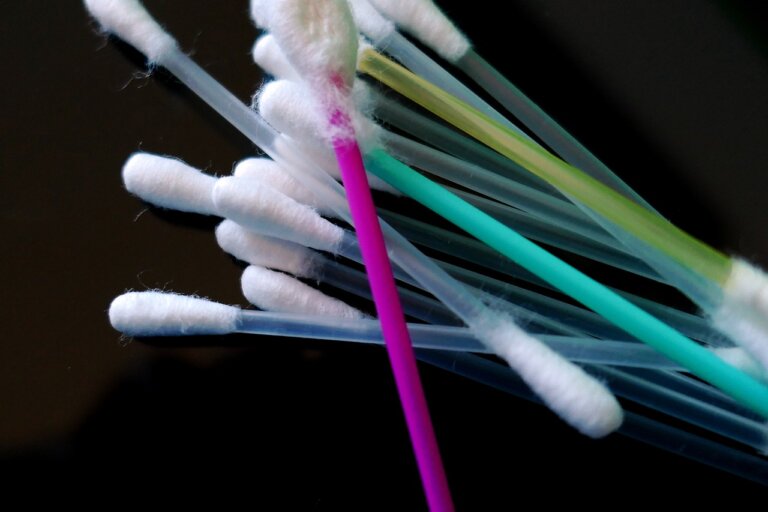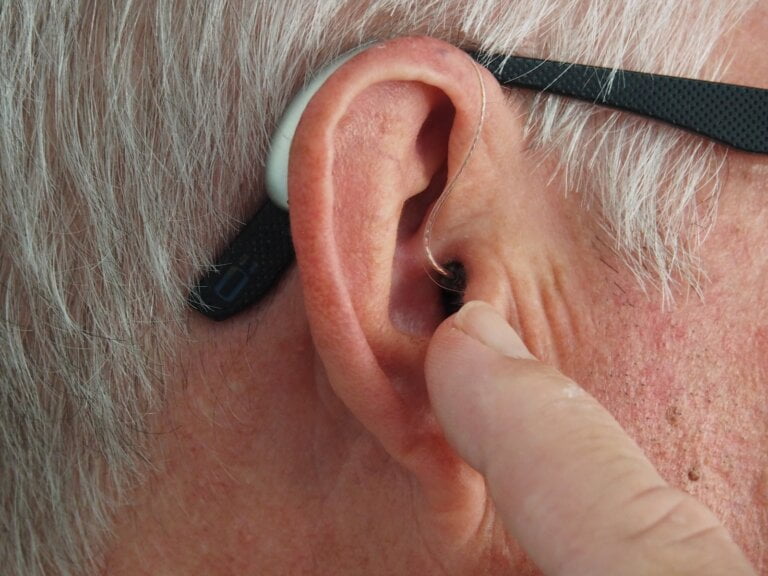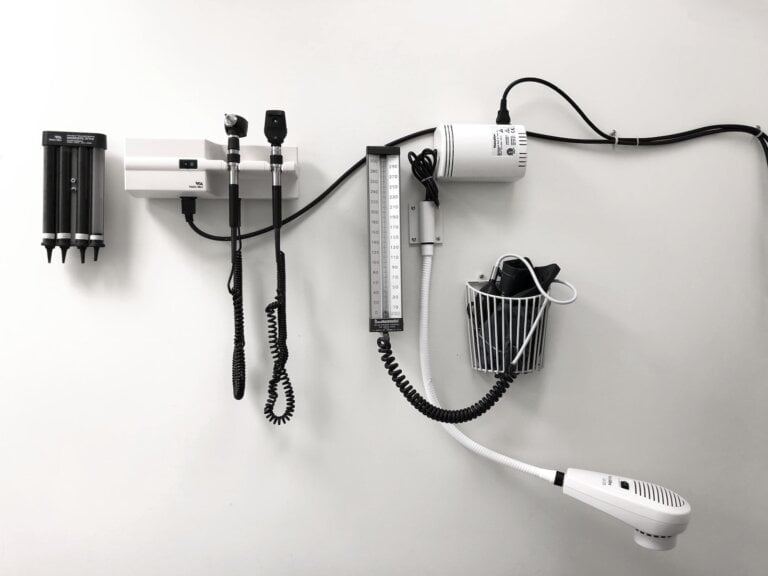Comparing the Effectiveness of Manual Instrument Ear Wax Removal and Irrigation
Ear wax, or cerumen, is a natural substance produced by the glands in our ear canals. While it serves a protective role, excessive wax buildup can lead to discomfort, hearing loss, and even ear infections. When it comes to removing ear wax, two common methods are manual instrument ear wax removal and irrigation. In this article, we will compare the effectiveness of these two techniques to help you make an informed decision about which one might be best for you.
Manual Instrument Ear Wax Removal
Manual instrument ear wax removal involves the use of specialised tools to manually extract the wax from the ear canal. This technique is typically performed by an audiologist. The process may include the following steps:
- Examination: The audiologist will visually inspect your ear canal using an otoscope or speculum and magnifying head loupe to assess the amount and location of the wax buildup to identify any potential issues e.g. impacted wax or signs of ear infections.
- Instrumentation: Depending on the situation, the professional may use various tools such as a jobson horne,rosen hook, st barts hook, crocodile forceps, or suction devices to gently remove the wax.
Once the examination is complete, the audiologist will use specialised instruments that are designed to safely but effectively remove the wax without causing can harm to the ear canal or eardrum. The choice of the instrument will depend on the nature of the wax and the audiologist expertise.
Instruments such as jobson hornes or crocodile forceps allow the professional to carefully and precisely remove the wax from specific areas of the ear canal. Suction devices may also be used to gently suction out the softened wax. This level of precision ensures a thorough removal and reduces the risk of leaving any wax behind.
- Follow-up: After the wax removal, the audiologist may advise you on proper ear care and provide any necessary recommendations. This can include recommendations on ear hygiene practices, such as using ear drops or regularly cleaning the outer ear. They may also suggest follow-up appointments to monitor your ear health.
Advantages of manual instrument removal:
- Precision: The audiologist can target specific areas of wax accumulation, ensuring a thorough removal. By using specialised instruments, they can reach deep into the ear canal.
- Safety: Performed by a trained audiologist, the risk of injury to the ear canal or eardrum is minimised. The expertise and experience ensure that the removal process is conducted safely and effectively.
- Immediate relief: In many cases, manual instrument removal provides immediate relief from symptoms caused by wax buildup. This can include improved hearing, reduced discomfort, and relief from associated symptoms like earache or tinnitus.
However, it is important to note that manual instrument ear wax removal may not be suitable for everyone and may have to explore other methods to have the wax removed.
Irrigation for Ear Wax Removal
Irrigation, also known as ear syringing, involves the use of a gentle stream of pressurised warm water to flush out the accumulated wax. This technique is performed by an audiologist. The process typically includes the following steps:
- Preparation: Before irrigation, it is advised to soften the wax using olive oil ear drops for a few days. Softening the wax helps to make it more easily removable.
- Irrigation: Using a specialised syringe with warm water is gently inserted into the ear canal to dislodge and flush out the wax. The water is directed towards the ear canal dislodging the wax and allowing it to be washed away.
It is important to ensure that the water used for irrigation is at a safe and comfortable temperature. Water that is too hot or too cold can cause discomfort or dizziness. The temperature should be body temperature to avoid any side effects.
- Drainage: The person undergoing irrigation should tilt their head post removal to allow any of the left over water to drain out. Gentle shaking the head can also help facilitate the drainage process.
- Follow-up: After irrigation, it is important to dry the ear canal and following irrigation to prevent any potential infections.
Additionally, the audiologist may provide specific post-irrigation instructions based on individual circumstances. These instructions may include advice on further ear care, such as using ear drops or avoiding water exposure for a certain period of time.
Irrigation has its own set of benefits and considerations:
- Accessibility: Irrigation kits are readily available over-the-counter. This accessibility makes it a convenient option for those who want to try and remove their wax themselves. However, this is not recommended at all by any audiologist as they is a very high risk of pushing the wax deeper in and risk of perforating the eardrum. Therefore we don’t advise anyone to try and remove the wax themselevs.
- Cost-effective: Compared to manual instrument removal performed by audiologist, irrigation may be the cheaper procdure. This can make it a preferred choice for individuals who want to save on spending too much money.
However, irrigation has an high increase of risk when compared to other ear wax removal methods:
- Risk of injury: If not performed correctly, irrigation may cause damage to the ear canal and eardrum. There also may be an increase risk of infection and tinnitus.
- Ineffectiveness: In some cases, irrigation may not completely remove the ear wax, leading to a need for further intervention.
- Contraindications: Individuals with certain conditions, such as ear infections, eardrum perforations, or previous ear surgeries, should avoid having irrigation done as these conditions can increase the risk of complications and may require having microsuction done.
Conclusion
When it comes to the effectiveness of ear wax removal techniques, manual instrument ear wax removal offers precision and immediate relief under the expertise of the audiologist . The ability to target specific areas of wax accumulation ensures a thorough removal and reduces the risk of leaving any wax behind.
Where as irrigation carries a higher risk of injury if not performed correctly. We would never advise buying over the counter removal kits due to the risk involved. Which is why at Hearing First we Never irrigate.
Ultimately, the choice between these methods depends on individual circumstances, the severity of the wax buildup, and any underlying medical conditions. It is advised to consult with an audiologist who can assess your situation and recommend the most suitable approach for safe and effective ear wax removal.







